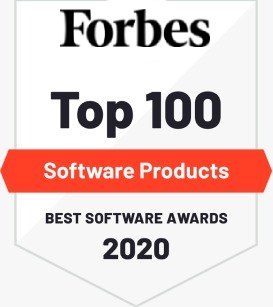Section 1 : Introduction to Scheduling
|
|
Lecture 1 | The Benefits of Scheduling | 00:02:43 Duration |
|
|
Lecture 2 | About The Instruction and How To Best Use This Course | 00:01:43 Duration |
Section 2 : Breaking Your Project Into Manageable Pieces
|
|
Lecture 1 | Breaking Your Project Into Manageable Pieces Using a Work Breakdown Structure | 00:07:06 Duration |
|
|
Lecture 2 | Work Breakdown Structure Example Breaking Down A Kitchen Renovation Project | 00:04:21 Duration |
|
|
Lecture 3 | Case Study Creating A Work Breakdown Structure for Thanksgiving Dinner | 00:02:14 Duration |
|
|
Lecture 4 | Homework Create Your Own Work Breakdown Structure |
Section 3 : Working with Activities and Creating a Network Logic Diagram
|
|
Lecture 1 | Best Practices for Defining Activities | |
|
|
Lecture 2 | Understanding Activity Relationships and Sequencing Activities | 00:08:01 Duration |
|
|
Lecture 3 | Understanding How Resources and Durations Impact Your Activities | |
|
|
Lecture 4 | Creating Your Network Logic Diagram | 00:03:49 Duration |
|
|
Lecture 5 | Case Study Activities and Network Logic Diagram for Thanksgiving Dinner | 00:04:12 Duration |
|
|
Lecture 6 | Homework Create Your Network Logic Diagram |
Section 4 : Using the Critical Path Method (CPM) To Identify Critical Activities
|
|
Lecture 1 | Overview of the Critical Path Method | 00:02:31 Duration |
|
|
Lecture 2 | Forward Pass | |
|
|
Lecture 3 | Backward Pass | 00:04:48 Duration |
|
|
Lecture 4 | Calculating Float and the Critical Path | 00:02:16 Duration |
|
|
Lecture 5 | Case Study Thanksgiving Dinner | 00:08:08 Duration |
|
|
Lecture 6 | Practice Problems | |
|
|
Lecture 7 | Homework Schedule Your Project Using the Critical Path Method |
Section 5 : Using Schedules to Measure Performance
|
|
Lecture 1 | Creating a Baseline Schedule | |
|
|
Lecture 2 | Maintaining Your Schedule and Comparing It To the Baseline | 00:02:19 Duration |
|
|
Lecture 3 | Case Study Thanksgiving Dinner |


